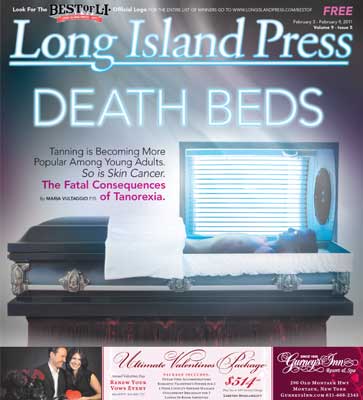
I’M GONNA SOAK UP THE SUN
Worshipping the sun is nothing new. Ancient Greek and Egyptian mythologies placed their sun gods Apollo and Ra at the center of life—people would turn to the sun in order to purify and embellish their bodies.
Today, people typically try to relieve stress and fatigue by taking vacations in warm, sunny resorts. To most, a beautiful day is considered to be a sunny day while a nasty day is cold and dark. But enthusiasm for the sun has varied over time.
Upper-class 18th century Caucasian women shunned the sun in order to display their pale skin. Back then, tanned skin was associated with farmers and unskilled laborers who worked outside. Even as recently as 1991, Belle from Disney’s Beauty and the Beast was originally supposed to have a darker olive complexion (since the character was from Southern France). Disney, instead, gave her a lighter skin color to avoid any controversy over the princess’ skin tone.
The popular view of tanned skin changed drastically in the 1920s as a bronzed glow became associated with a leisurely lifestyle, like being able to participate in outdoor activities such as swimming, golf and tennis.
Tanning’s rise to fame came ultimately with Coco Chanel’s famous statement: “The 1929 girl must be tanned. A golden tan is the index of chic,” the designer announced while sporting her own tanned skin after completing a voyage across the Atlantic Ocean.
Thus America’s love affair with tanning began. The popularization of the bikini and the romanticization of the Southern California lifestyle prompted Hollywood starlets to begin flaunting their own bronzed bodies throughout the 1940s and 1950s.
And it was in the ’70s when Brooke Gray, now a teacher at Dawnwood Middle School in Centereach, fell in love with the sun as a teenager.
“We would lather ourselves up with baby oil, be surrounded in tin foil and sit on roof tops just to be closer to the sun,” says Gray, who adds that during the winter months she would artificially tan, but not during the summer.
“We didn’t know how bad the sun was for you then,” she says.
It wasn’t too long after Gray had been sunbathing when she noticed an unusual growth on her nose.
“I eventually wound up having to get a biopsy on my nose, and they couldn’t determine whether it was melanoma,” she says. “So, they wound up taking a hunk out of my nose.”
Melanoma is the most deadly form of skin cancer, and while the incidence of many other cancers is falling, the melanoma rate is rising faster than that of any other cancer. Between 1980 and 2004, cases among young women increased by 50 percent, becoming the most common form of cancer for young adults ages 25-29, according to The Skin Cancer Foundation.
The statistical findings as well as her own brush with cancer were enough to convince Gray to give up her habit.
“After that, I stayed away from the sun for a long time and never artificially tanned again,” says Gray. She admits, though, that she has indulged in spray-tanning (a safe alternative to sun-tanning), because, she says, “It makes you look healthier.”
Most would agree there is nothing like a golden glow to give the impression of health, but the reality is just the opposite.




